
During human history, few forces have been as transformative as technology. From the Industrial Revolution to the digital age, technological innovations have reshaped the way we live, work, and interact with one another. In this article, we explore 10 of the most groundbreaking technological advancements that have forever changed the world. From steam engines to smartphones, these innovations have not only altered industries but have also shaped the fabric of our current society.
The List of the 10 Technology Innovations & Inventors That Changed the World
1. The Steam Engine: James Watt
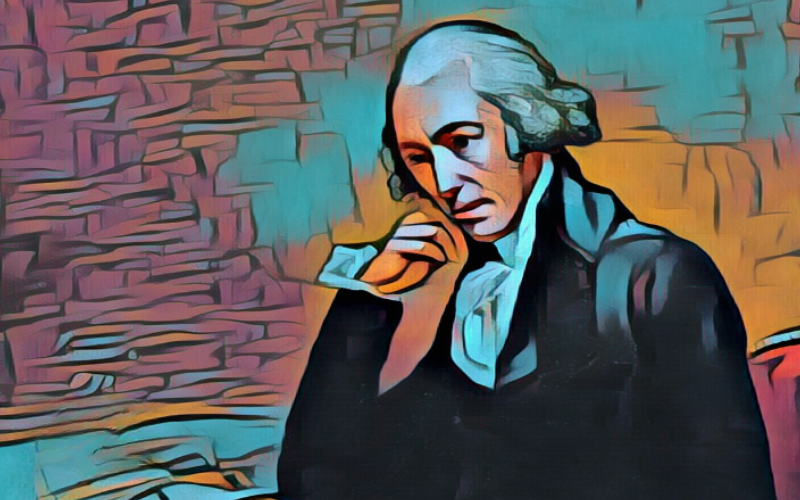
The Steam Engine’s Impact on Production of Goods, Factory Systems, Urbanization & Transportation
The steam engine was a groundbreaking invention attributed to James Watt. The creation of this mode of transport marked a pivotal moment in history that would expedite the advancement of human progress. Watt’s late 18th century improvements led to a groundbreaking increase in efficiency and power.
With the advent of the steam engine, factories could greatly accelerate the production of goods. This would mark a notable shift from manual labor to mechanization, which would give rise to the factory system. This fundamental shift would allow entire industries to mass produce with much more efficiency.
Eventually, the steam engine would go on to improve to transportation systems, as steam-powered locomotives would replace horse-drawn carriages. This opened up new avenues of trade and travel across continents, connecting regions and facilitating global commerce.
The steam engine would also serve as the catalyst for urbanization as industries would begin to boom, new work opportunities would emerge, and populations in cities would increase. This expansion of cities brought forth advancements in urban planning, sanitation, and infrastructure development.
James Watt’s work on the steam engine laid the foundation for the modern world we know today, fostering an era of progress that paved the way for subsequent technological breakthroughs. The steam engine’s legacy endures as a testament to human ingenuity, adaptability, and the power of innovation to shape the course of history.
2. The Telephone: Alexander Graham Bell
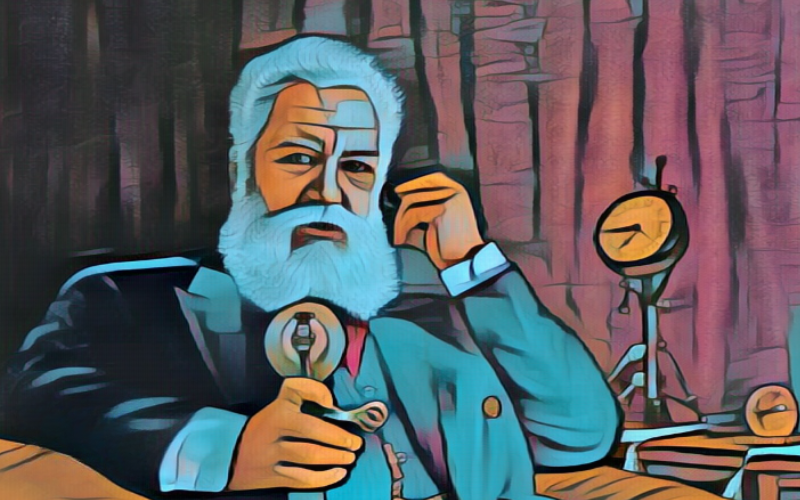
The Telephone’s Impact on Relationships, Commerce, Connectivity & Communication
Alexander Graham Bell’s telephone ranks as one of the most impactful inventions of all time. Invented in the late 19th century, this revolutionary device forever altered the way people connected, transcending geographical boundaries and time zones.
Bell’s telephone would bridge distances, allowing individuals to converse as if they were in the same room, regardless of their physical location. The first practical telephone was a device that converted sound waves into electrical signals, transmitting them across wires to be reconverted into audible sounds at the receiving end.
With the creation of the telephone, the world would enter an era of unmatched connectivity. Businesses would no longer needed to rely solely on physical correspondence, as real-time communication became possible across long distances. This would have a massive impact on commerce, as it would enable immediate negotiation, order placement, and decision-making. The telephone would become a tool of efficiency, streamlining operations and shaping new modes of conducting business.
On a personal level, the telephone revolutionized relationships. Loved ones could now engage in meaningful conversations, irrespective of long distances. Birthdays, holidays, and everyday news could be shared instantly.
The telephone would also become a key instrument in emergency response systems, enabling quick communication during times of crises. Furthermore, the telephone laid the groundwork for future innovations, paving the way for the digital age and the rise of telecommunication networks. As the telephone’s impact expanded across the globe, it sparked a wave of technological advancements in communication, leading to the development of cellular phones, satellite communication, and the internet.
3. The World Wide Web: Tim Berners-Lee

The World Wide Web’s Impact on Communication, Information, Commerce, Entertainment & Education
Tim Berners-Lee‘s visionary creation, the World Wide Web, has reshaped the fabric of modern society. This innovation emerged as a cornerstone of the information age. Berners-Lee’s work has forever altered the way we share, communicate, and conduct business.
The World Wide Web was created out of Berners-Lee’s desire to establish a seamless and efficient method of information exchange through the use of computer technology. The World Wide Web transformed the internet. Originally, it functioned as a network of disparate documents, but the World Wide Web would turn it into a cohesive and user-friendly platform. This idea was conceived in the late 1980s, and would be implemented in 1990 at a European Particle Physics Laboratory known as CERN. This would mark the beginning of a digital revolution that would extend all over the globe.
The World Wide Web introduced the concept of hypertext. This would allow users to navigate through interconnected documents using hyperlinks. This revolutionary approach to organizing and accessing information would make things accessible to anyone with an internet connection. Prior to the web’s introduction, accessing information required familiarity with complex command-line interfaces. This would limit the internet’s usability to a select few who understood how to operate it. Berners-Lee’s creation would vastly change things and open up the internet to the world.
The World Wide Web would greatly impact communication as well, with the development of email, forums, and social media. This would enable the world to connect in the fastest, most detailed, and visual way yet. The concept of “web 2.0” gave rise to user-generated content, transforming individuals from consumers to active contributors.
Commerce, would also undergo an incredible shift with the rise of e-commerce. Online marketplaces and digital storefronts allowed businesses to reach a global audience, removing physical boundaries and redefining the consumer experience. Transactions that once required physical presence were now conducted with a few clicks, forever altering the dynamics of buying and selling.
As the internet continued to evolve, so did its capabilities. Streaming services brought entertainment to screens around the world, and online education platforms democratized access to knowledge, making educational resources available to almost everyone. Today we are seeing even more innovations through the refinement of artificial intelligence and the Internet of Things, connecting our gadgets to the internet to share information and enhance our daily lives.
Tim Berners-Lee’s creation was more than a technological advancement; it was a catalyst for societal transformation. The World Wide Web ignited a digital revolution that reshaped how we learn, work, socialize, and even govern. Its influence has been so pervasive that it’s difficult to imagine a world without it.
Read More Fun Facts
Learn more fun facts with Trivia Mastermind content.
4. The Personal Computer: John Blankenbaker, Steve Wozniak & Steve Jobs
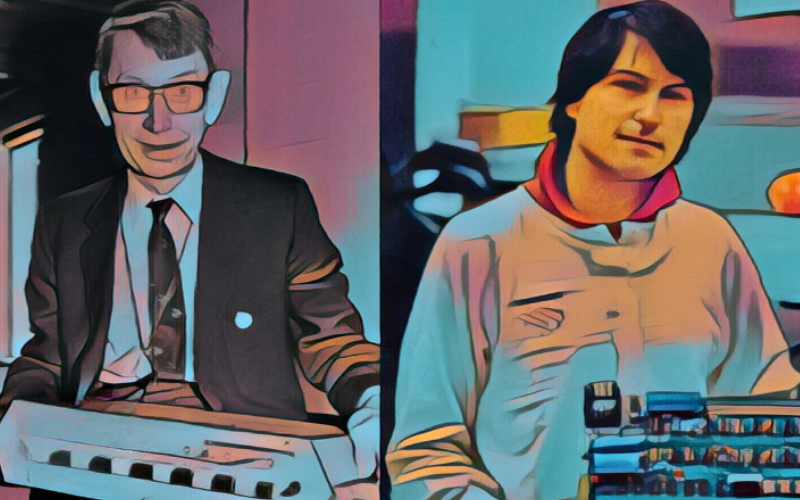
The Personal Computer’s Impact on Democratization of Technology, Creativity, Innovation, Learning & Productivity
The rise of the personal computer, would come to fruition through John Blankenbaker‘s groundbreaking creation, the Kenbak-1. This would mark a pivotal turning point in the world of technology. However, the most iconic and attainable version of the modern day computer would come from the Apple II and subsequent apple machines. These machines would forever alter the way individuals interacted with technology and fundamentally reshaped the way we work, the education system, and our current standards for entertainment.
The Kenbak-1 was developed by John Blankenbaker in 1971. It considered by many to be the earliest personal computer available. Compared to today’s standards, Kenbak-1’s computational capabilities were pretty basic, but its creation laid the foundation for a revolutionary shift in how people could harness computing power, and democratize technology. This would come to define the personal computer’s legacy.
However, it was the 1977 Apple II that would bring the personal computer into the mainstream. The Apple II became the first publicly popular personal computer offering, as it was a machine that was considered user-friendly at the time. Through Steve Wozniak’s ingenious engineering and Steve Jobs’ visionary marketing, the Apple II would become a must-have device.
The Apple II was more than just a tool, it empowered users to engage with technology on their terms, to expand into technologically creative solutions, and innovate on a number of areas. From word processing and spreadsheet calculations to educational software and early gaming experiences, the Apple II paved the way for a digital revolution that would span decades. The machine would fostered a culture of exploration and learning, sparking curiosity and inspiring a generation of individuals to become tech-savvy creators.
Furthermore, the personal computer became an essential tool in various industries, from business and finance to design and scientific research. Its versatility and accessibility meant that people from all walks of life could harness computational power to solve problems, communicate, and innovate.
5. The Smartphone: Frank Canova & Steve Jobs
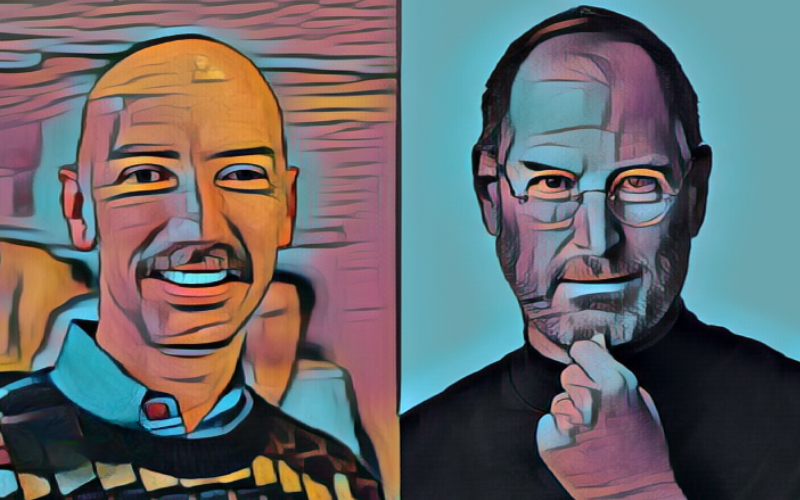
The Smartphone’s Impact on Productivity, Connectivity, Mobile Apps, Entertainment & Entrepreneurship
The creation of the smartphone was pioneered by Frank Canova, but would be brought into mainstream culture by Apple’s iPhone. These handheld devices have transcended from communication tools into indispensable companions that have redefined the way we interact with technology and the world around us.
Frank Canova’s foundational work in the 1990s laid the groundwork for the smartphone’s evolution. His invention, the IBM Simon Personal Communicator, often referred to as the “Simon,” was a demonstration of things to come. The Simon combined the functions of a mobile phone with those of a personal digital assistant. Although appearing basic compared to today’s standards, the Simon foreshadowed the potential of the smartphone concept.
It would not be until 2007 that Steve Jobs would introduce the Apple iPhone to the world, the device that would forever forever change the digital landscape. The iPhone seamlessly integrated voice calls, messaging, internet browsing, and a multitude of apps into a single device. The iPhone’s impact would usher in an era where our phones became our constant companions, serving as gateways to social networks, information hubs, entertainment centers, and even financial management tools.
The rise of the smartphone would spur the development of the mobile apps ecosystem. App stores would eventually offer a seemingly limitless array of software that could assist in almost every facet of our daily lives. Not only that, but the app market would also democratize app development, leading to new forms of innovation and entrepreneurship for individuals and small teams.
Over time, smartphones would play a pivotal role in shaping society, enabling the rapid dissemination of information. Smartphones have also made banking, education, and healthcare accessible to underserved populations, bridging gaps, and creating opportunities, becoming an integral part of modern existence throughout the world.
6. Renewable Energy: Augustin Mouchot
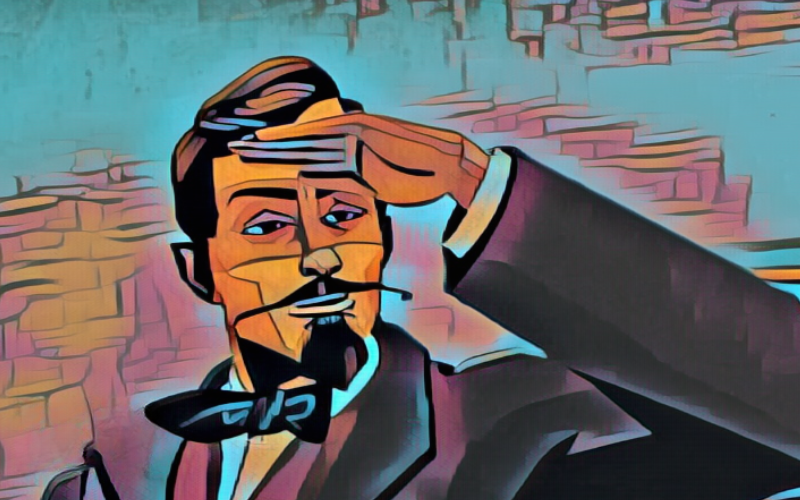
Renewable Energy’s Impact on Sustainable Power, The Environment, Innovation & Industry
In the ever-evolving landscape of technological advancements, few innovations have the potential to reshape the world as significantly as renewable energy sources. Augustin Mouchot, a visionary engineer and inventor, played a pivotal role in harnessing the power of the sun, wind, and water to fuel our modern lives.
During the mid-19th century, Mouchot’s work in solar energy marked a significant milestone for renewable resources. His efforts have laid the foundation for the utilization of sunlight as a viable energy source. Mouchot’s invention, known as the “solar concentrator,” demonstrated the ability to convert sunlight into mechanical power, opening new doors for humanity to tap into the virtually limitless energy of the sun.
Mouchot’s legacy would also extend into other renewable resources. Thanks to innovative designs that harnessed the energy of moving air, wind power would emerge as another renewable energy resource through the creation of wind turbines. These massive structures stand as symbols of humanity’s commitment to cleaner, more sustainable power sources.
Dams and water turbines would also emerge to create hydroelectric energy resources. These innovations use the force of flowing water to harness generated electricity. Unlike traditional fossil fuels, these dependable energy sources release minimal emissions making them a great energy alternative.
Collectively, the renewable energy revolution spearheaded by innovators like Augustin Mouchot addresses pressing environmental concerns. In recent years, governments, industries, and communities worldwide have recognized the significant potential of renewable energy. Solar panels, wind farms, and hydroelectric facilities are now regularly seen throughout society, contributing to a healthier environment. By reducing greenhouse gas emissions, these technologies offer a pathway towards a better future for our planet.
Play Trivia!
Challenge yourself and play trivia questions with answers and explanations.
7. The Automobile: Karl Benz & Henry Ford
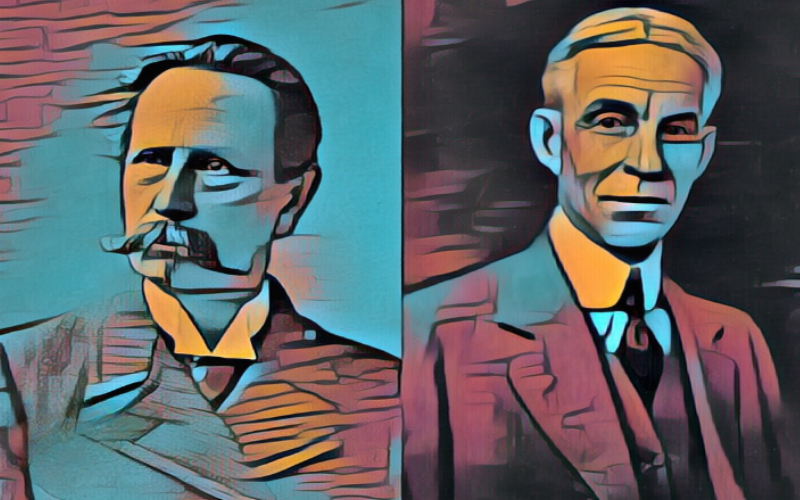
The Automobile’s Impact on Transportation, Urbanization, Industry, Manufacturing & Engineering
Throughout technological history, few inventions have had as much of an impact on human progress as the automobile. The automobile revolutionized the way people move, interact, and live. The brainchild of visionary pioneers like Karl Benz, the automobile has left an undeniable mark on society, cities, and industries.
Karl Benz’s journey into the world of automobiles began in the late 19th century. In 1885, he introduced the Motorwagen, a motorized vehicle powered by an internal combustion engine. This groundbreaking creation is widely considered the first true automobile, marking a major shift in transportation. The Motorwagen was a feat of engineering, comprised of a lightweight chassis, a gasoline-powered engine, and three wheels.
The impact of the automobile on society cannot be overstated. Prior to its invention, people relied on horses, bicycles, and other modes of transport that were limited in speed and range. The automobile provided a level of convenience and speed previously unimaginable. Travel and commutes that previously took hours, would be reduced to minutes. No longer would people be limited by long distances.
The automobile also transformed urban landscapes. As they would become more commonplace, the need for paved roads, highways, and infrastructure grew dramatically. Entire industries emerged to support the automobile ecosystem, including manufacturing, fuel production, and mechanics. The expansion of the automotive sector led to the creation of jobs, economic growth, and a new era of industrialization.
Karl Benz’s innovations would also pave the way for mass production. The concept would later be championed by Henry Ford and his assembly line. This concept would revolutionize car manufacturing, making automobiles more affordable and accessible to the general public. From the first Motorwagen to the cutting-edge vehicles of today, the automobile’s journey is a testament to human ingenuity and the enduring pursuit of mobility and excellence.
8. Electricity: William Armstrong, Thomas Edison & Nikola Tesla
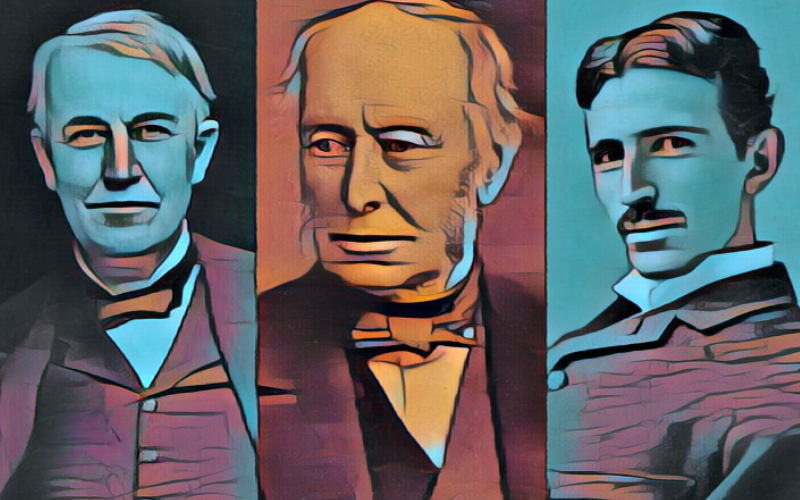
Electricity’s Impact on Industry, Lighting, Housing, Modernization, Entertainment, Productivity & Convenience
Few breakthroughs in technological advancement and science have had more of a transformative effect than the harnessing of electricity. The pioneering minds of William Armstrong, Thomas Edison, and Nikola Tesla would forever change the trajectory of human progress, industrial development, home building, and the fabric of modern society.
William Armstrong was a trailblazer in the field of hydraulic power generation and distribution. His innovative work in hydraulics laid the foundation for the utilization of water as a source of energy. While Armstrong’s contributions were distinct from those of Edison and Tesla, his endeavors were integral to the harnessing of power for human advancement.
Edison‘s development of the incandescent light bulb, electrical distribution systems, and his laboratory in Menlo Park, accelerated the integration of electricity into everyday life. The light bulb would birth of a new era, where darkness could be banished at the flick of a switch.
Nikola Tesla would further propel the electrical revolution with his revolutionary work on alternating current (AC) systems. Tesla’s innovations in wireless transmission of energy and his AC motor designs would enable power to be transmitted over long distances and harnessed for a variety of applications.
The harnessing of electricity on industry was quite transformative. Machines and assembly lines could be powered more efficiently and effectively, leading to increased production and economic growth, as factories would draw workers to cities in search of new employment opportunities.
Homes would undergo a remarkable transformation as well, eliminating the limitations of daylight hours and granting people with the ability to work, read, and socialize long after the sun had set. Electrical appliances, from refrigerators to radios would become integral to modern living, elevating convenience and comfort to unprecedented levels.
Entertainment and communication were also profoundly impacted by electricity. Radio broadcasts would connect people across long distance, providing a much wider access to information and cultural experiences. The invention of the television brought moving images and stories into the living rooms of millions. The journey of electricity from scientific curiosity to indispensable utility embodies the essence of human innovation, forging a path that has illuminated the world in more ways than one.
9. Air Travel: The Wright brothers
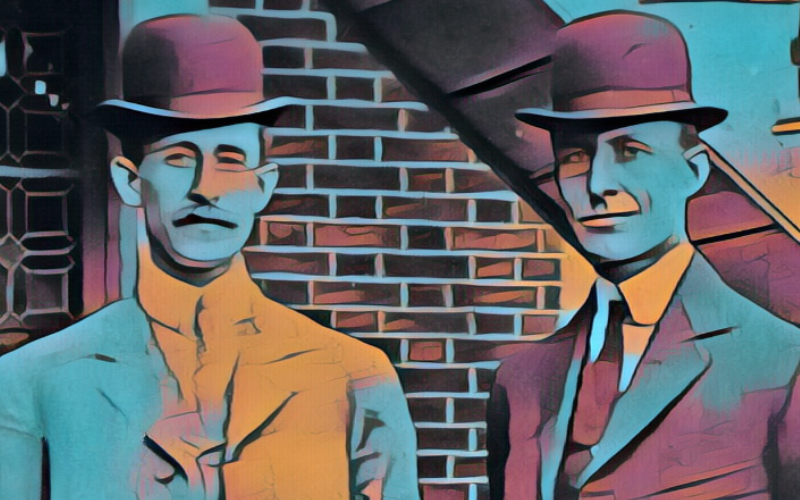
Air Travel’s Impact on Global Connectivity, Industry, Commerce, Travel & Transportation
Throughout human history, few events have been as transformative as the historic flight undertaken by the Wright brothers. Orville and Wilbur Wright were true pioneers of aviation. They defied gravity and launched humanity into the skies, creating a revolution that would forever alter the course of global connectivity, commerce, and transportation.
Orville and Wilbur dedicated years of research, experimentation, and innovation in their relentless pursuit of flight. Through countless trials and setbacks, they developed a profound understanding of aerodynamics and the mechanics of flight, pushing the boundaries of human knowledge. On December 17, 1903, the world would witness a moment that would redefine human history. The Wright brothers’ aircraft, the Wright Flyer, would take flight covering a distance of 120 feet at Kitty Hawk, North Carolina.
The Wright Flyer’s flight was the spark that ignited the aviation industry, connecting continents, cultures, and people in unprecedented ways. Global connectivity would be revolutionized as air travel drastically reduced travel times and distances. A trip once taking weeks or months could now be traversed in a matter of hours. As a result, the world shrank, cultures could intermingle, families would reunite with greater ease, and business transactions would become swift and efficient.
Goods could now be transported swiftly across continents, opening up markets and trade routes that were previously impractical. Industries were transformed as perishable goods and high-value cargo could be transported with unprecedented speed, enabling a truly global economy to flourish.
As airlines expanded their networks and technology advanced, air travel became accessible to a larger portion of the population, making the world more accessible and interconnected. As we board airplanes today, we are beneficiaries of Wright Brother’s vision and determination. Every takeoff and landing pays homage to their legacy.
10. Medical Innovations: Hippocrates of Kos
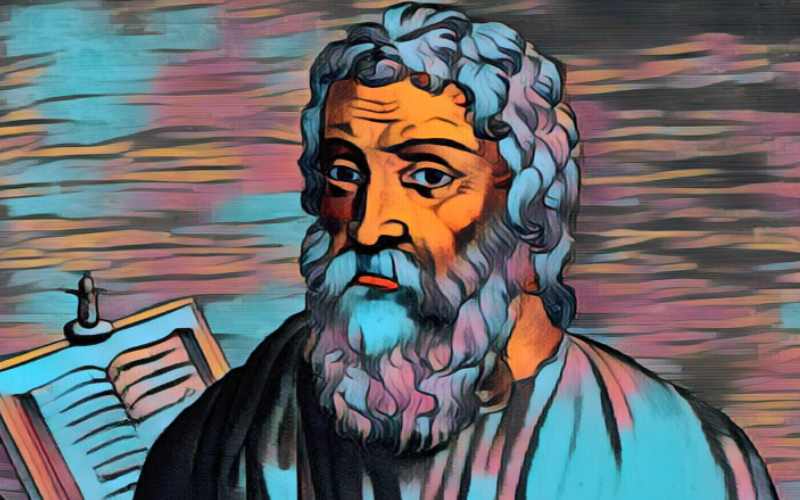
Medical Innovations’ Impact on Healthcare, Life Expectancy & Quality of Life
Few innovations have had as much of an impact on human progress as modern medicine. At the heart of this metamorphosis stands Hippocrates of Kos. His legacy not only defined the principles of medical ethics but also laid the cornerstone for advancements in healthcare, extended life expectancy, and an elevation in the quality of life for the entire world.
Hippocrates is often referred to as the “Father of Medicine.” He was an ancient Greek physician born around 460 BC on the island of Kos. His influence on the practice of medicine has spanned across centuries. His enduring legacy begins with his groundbreaking approach to medicine, rejecting the superstitions and mysticism that dominated medical practice in his time. Hippocrates championed a method rooted in observation, documentation, and logical reasoning. His profound insight was distilled into the Hippocratic Oath, a solemn pledge that physicians make to this day, committing themselves to uphold ethical standards and prioritize the welfare of patients.
One of Hippocrates’ most significant contributions was his establishment of the theory of the four humors, which formed the basis of medical understanding for centuries. This theory posited that the body was composed of four fundamental fluids—blood, phlegm, yellow bile, and black bile—whose equilibrium determined an individual’s health. While modern medicine has moved beyond this framework, Hippocrates’ emphasis on understanding the body’s internal workings paved the way for future scientific inquiry.
Fast forward through history, and Hippocrates’ legacy would lead to significant medical innovations. Pioneered by scientists like Alexander Fleming, the advent of antibiotics would revolutionize the treatment of infections, enabling medical professionals to combat once-deadly diseases with unprecedented effectiveness. Vaccines would later unlock the power to prevent the spread of diseases that had plagued humanity for centuries. Medical imaging technologies, such as X-rays and MRI scans, enabled physicians to look beneath the skin’s surface to diagnose ailments and guiding treatments with precision. Organ transplants would also become a reality, restoring hope and vitality to those facing life-threatening conditions.
These innovations did more than just heal the sick; they extended life expectancy, alleviated suffering, and enhanced the quality of life for countless individuals. Previous life-threatening conditions could now be confronted with a mix of medical expertise and technology. As we reflect on the journey from the origins of medicine in ancient Greece to the frontiers of modern healthcare, we are reminded of Hippocrates’ enduring influence. His commitment to scientific inquiry, patient care, and ethical responsibility laid the groundwork for a continuum of innovation that continues to unfold today.
Conclusion
From the steam engine that ignited the Industrial Revolution to the smartphones that keep us connected across continents, technological innovations have shaped our world in profound ways. These breakthroughs have propelled societies forward, often transcending their original purposes to create ripple effects that touch every facet of human existence. As we continue to innovate and explore new frontiers, it’s essential to reflect on the transformative power of technology and its role in shaping the course of history. The tech that changed the world is not just a collection of devices; it’s a testament to human ingenuity and the boundless potential of human creativity.
Read More Fun Facts
Learn more fun facts with Trivia Mastermind content.
Play Trivia!
Challenge yourself and play trivia questions with answers and explanations.
Recent Posts
Step into a realm of nostalgia as we embark on a journey through the annals of pop culture and bid farewell to 35 recently obsolete technologies. In the ever-evolving landscape of innovation, certain...


